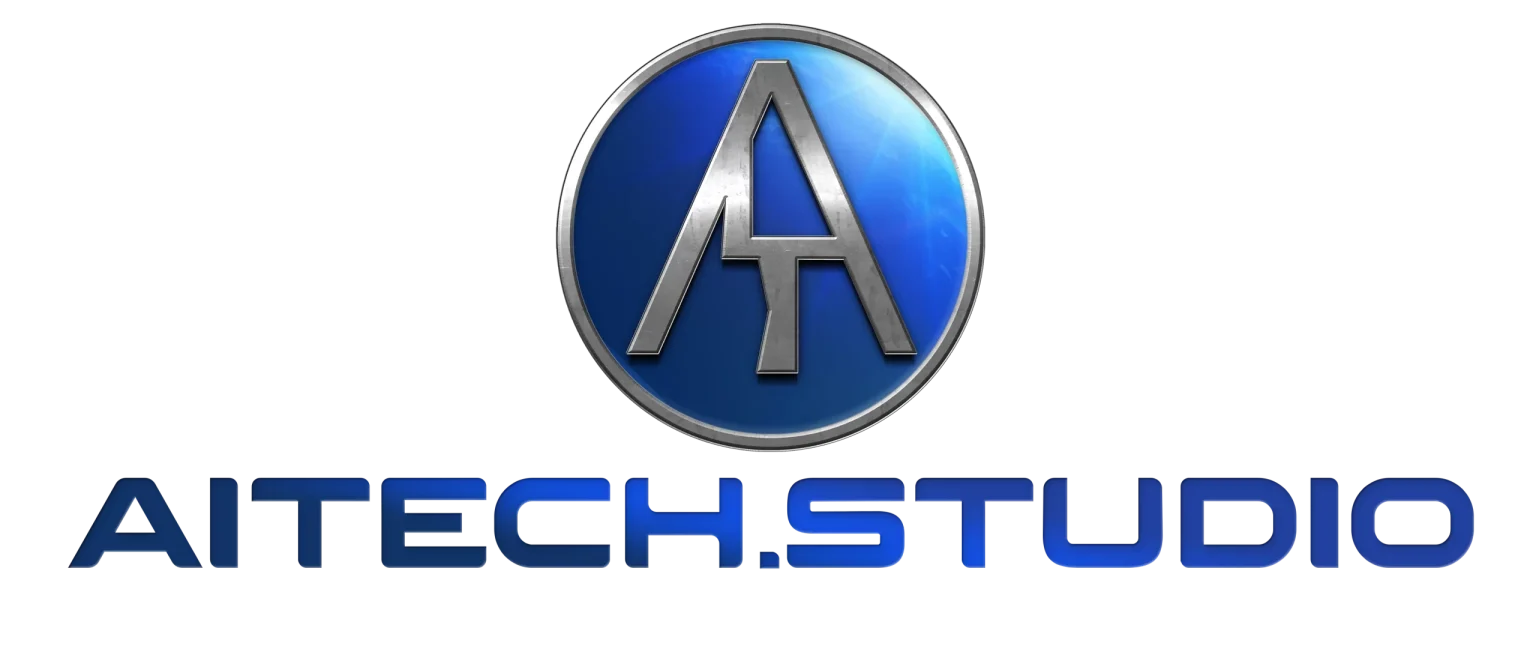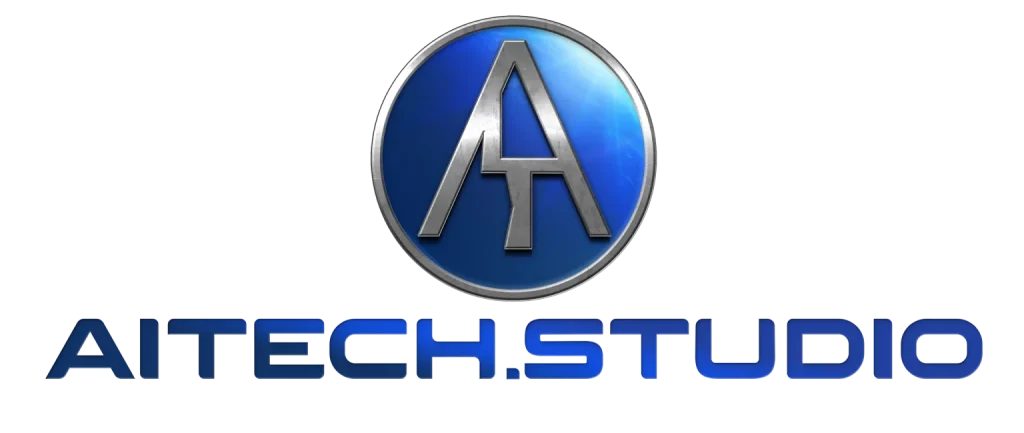Understanding MLOps Frameworks: Streamlining ML Processes
An MLOps framework refers to a structured approach, for managing the entire lifecycle of machine learning. This encompasses stages such as model development, deployment, and ongoing monitoring. Its purpose is to provide organizations, with a methodology and set of tools to streamline processes ensure reproducibility, and optimize performance. By integrating the worlds of machine learning and operations an MLOps framework enables businesses to scale their ML initiatives while minimizing deployment risks. Moreover, it helps maximize the value derived from investments made in machine learning by leveraging automation, version control, and continuous monitoring. Ultimately MLOps frameworks empower data scientists and engineers to deliver robust, reliable, and scalable machine learning solutions that drive business outcomes in today’s data-driven world.
Why is it important to have an MLOps framework?
Having an MLOps framework is extremely valuable, for managing the deployment, management, and scalability of machine learning models in real-world settings. It offers an approach to handle the complexities involved in ML workflows ensuring that they can be reproduced, relied upon, and scaled effectively. By implementing an MLOps framework organizations can automate model training, deployment, and monitoring processes. This leads to time-to-market enhanced model performance and reduced operational burden. Moreover, it fosters collaboration among data scientists ML engineers, and operations teams while seamlessly integrating ML into business operations. Overall an MLOps framework plays a role, in maximizing the value and impact of machine learning initiatives.
Key Capabilities of a Machine Learning Operations Framework
- An effective MLOps framework encompasses vital capabilities, for success.
- Firstly it enables deployment of models ensuring they seamlessly integrate into production environments.
- Secondly, it provides monitoring and management functions that allow real-time tracking of performance and timely adjustments.
- Furthermore, version control mechanisms guarantee the reproducibility and traceability of both models and data.
- Additionally, automated workflows streamline the lifecycle of machine learning from preprocessing data to training models and deploying them.
- Lastly, compliance and governance features ensure adherence to standards to protect the integrity and privacy of data. A sophisticated MLOps framework is essential, for organizations seeking to implement machine learning operations.
Exploring the MLOps Framework; A Comprehensive Overview
Advantages of adopting an MLOps framework
Enhanced collaboration, between data and business teams
To fully harness the potential of data-driven decision making it is crucial to establish collaboration between data and business teams. By promoting communication channels and fostering mutual understanding organizations can bridge the gap between expertise and business objectives. Through shared goals, processes, and a culture of teamwork data teams are empowered to provide insights that drive strategic initiatives. This ultimately enhances performance leading to growth and a competitive edge in today data data-centric landscape.
Improved efficiency and productivity
Optimizing efficiency and productivity is crucial in today’s fast-paced business environment. By streamlining processes leveraging automation tools and fostering a collaborative culture organizations can achieve improvements. Embracing cutting-edge technologies and agile methodologies enables teams to streamline workflows effectively while minimizing wastage. Furthermore investing in employee training and well-being contributes to performance enhancement. This ensures growth and competitiveness within the dynamic market landscape.
Mitigated risk of errors
Mitigating the risk of errors is essential, for any organization striving for excellence. Implementing quality assurance protocols utilizing automation tools effectively and nurturing a culture of improvement all contribute to reducing potential mistakes.
Proactively monitoring, conducting audits, and implementing training programs further strengthen defenses, against mistakes. Ultimately prioritizing the reduction of errors improves efficiency safeguards reputation and fosters trust among stakeholders.
Enhancing model performance
Achieving better model performance is the goal of machine learning endeavors. By engineering features tuning hyperparameters and rigorously evaluating models practitioners can increase predictive accuracy and optimize model efficiency. Embracing algorithms and incorporating techniques like learning and deep neural networks further improve performance. With a commitment to experimentation and refinement, the pursuit of model performance drives the field of machine learning toward greater effectiveness and impact.
Time to market
Speeding up time to market is crucial in today’s business landscape. Companies can shorten product release cycles by streamlining development processes and implementing deployment strategies and embracing methodologies, continuous integration, and automation tools such as DevOps rapid iteration and delivery. Leveraging cloud services and containerization additionally expedites deployment processes to ensure that products reach customers quickly. Ultimately a faster time, to market enhances competitiveness, customer satisfaction, and business agility.
Key Parts in Machine Learning Operations Framework
1. Version Control: Having version control systems like Git is vital to track changes made to code, data, and models during the machine learning process. It allows teams to collaborate effectively maintain a record of modifications and ensure that experiments and deployments can be reproduced.
2. CI/CD Pipelines: integration and continuous delivery (CI/CD) pipelines automate machine learning model building, testing, and deployment. These pipelines ensure the integration of code changes automatic running of tests and streamlined deployment to production environments. This helps reduce errors and speed up the time it takes to deliver value.
3. Logging: Tools for monitoring and logging real-time tracking of model performance, infrastructure health, and system behavior. By collecting metrics, logs and alerts for analysis teams can quickly detect anomalies or issues that arise. This allows for troubleshooting and optimization of resource utilization to ensure performance in ML deployments.
4. Model Deployment and Management: Organizations need capabilities for the deployment of machine learning models into production environments along with management throughout their lifecycle. This includes versioning models scaling deployments as needed monitoring performance indicators closely and automating rollback or updates when necessary. All these efforts contribute towards ensuring reliability, scalability, and efficiency of models, in production settings.
5. Governance and Security; The implementation of governance and security measures is crucial to meet obligations, and data privacy policies and adhere to security standards at every stage of the ML lifecycle. These measures encompass access controls, encryption techniques, audit trails, and compliance checks that safeguard information, foster trust, and mitigate risks associated with ML deployments.
Challenges of a Machine Learning Operations Framework
Implementing an MLOps framework presents challenges that require consideration and strategic planning. One of these challenges is selecting the tools and technologies. With an array of options including model training platforms and deployment orchestration tools making the appropriate choices can be overwhelming. It is crucial to evaluate factors, like scalability, interoperability, and compatibility with existing infrastructure to ensure integration and optimal performance.
Another significant challenge lies in fostering a culture that embraces collaboration, transparency, and innovation within the organization. Traditional structures and workflows may resist the shift for successful MLOps adoption. Overcoming resistance to change breaking down silos between teams and promoting a data-driven mindset are steps toward creating an environment for MLOps practices.
Integrating MLOps. Tools with existing systems and workflows pose yet another substantial challenge. Legacy infrastructure diverse data sources and heterogeneous environments can complicate integration efforts leading to interoperability issues and inefficiencies. To mitigate these challenges, careful planning, comprehensive testing, and iterative deployment strategies are essential for ensuring integration while minimizing disruptions, to existing operations.
Here are some known frameworks, for MLOps;
1. TensorFlow Extended (TFX); TFX is a platform developed by Google that allows you to deploy ML models at scale. It offers a range of tools and libraries for tasks like data ingestion, validation, transformation, model training, evaluation, and deployment. TFX seamlessly integrates with TensorFlow and other popular ML libraries providing a solution for building ML pipelines in production environments.
2. Kubeflow; Kubeflow is an open-source platform built on Kubernetes that simplifies the deployment, management, and scaling of ML workflows in environments. It includes features such as distributed training, hyperparameter tuning, and serving ML models through APIs. Kubeflow provides a portable infrastructure for running ML workloads across multi-cloud setups making it highly favored among MLOps practitioners.
3. MLflow; Developed by Databricks MLflow is an open-source platform designed to manage the lifecycle of machine learning projects. It facilitates experimentation, reproducibility, and deployment processes. With capabilities like experiment tracking, code packaging, model management, and support for deployment environments; teams find it simple to streamline their MLOps workflows using MLflows flexibility and integration, with ML libraries.
4. Airflow: Apache Airflow is a tool that helps schedule and manage data pipelines. Although it wasn’t specifically created for MLOps many people use Airflow to orchestrate tasks related to ML training, evaluation, and deployment. Its versatility, scalability, and wide range of plugins make it a flexible option, for building and managing ML pipelines in real-world scenarios.
Another framework called Metaflow, developed by Netflix focuses on making data science and ML workflows easier for humans. It simplifies the process of creating and managing ML pipelines by providing a user way to define and execute workflows. Metaflows emphasis on usability, reproducibility, and scalability makes it particularly suitable for teams working on projects involving amounts of data in domains, like media, entertainment, or recommendation systems.
These popular MLOps frameworks offer features to support the lifecycle of ML projects. From preparing the data to deploying the models. Choosing the framework depends on your organization’s needs and preferences as it can significantly impact the efficiency and success of your MLOps endeavors.
Conclusion for Machine Learning Operations FrameWorks
In Conclusion, MLOps frameworks play a role, in connecting machine learning development with deployment. After examining DeepChecks and GenAIOps it is clear that both frameworks offer features and advancements to meet needs in the field of machine learning operations. When choosing an MLOps framework organizations should carefully assess their requirements and priorities considering factors like scalability, automation capabilities, and integration with existing infrastructure. As the world of machine learning continues to evolve it is essential to adopt MLOps practices to ensure the efficiency, reliability, and success of ML projects, in real-world scenarios.
To Know More Please Visit the Website: Aitech.studio


